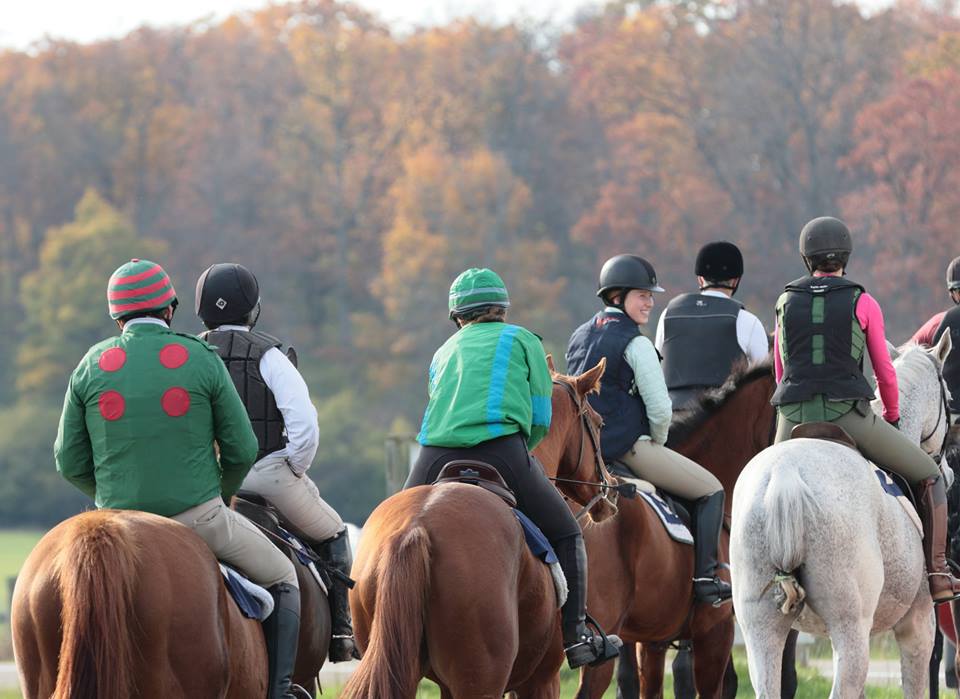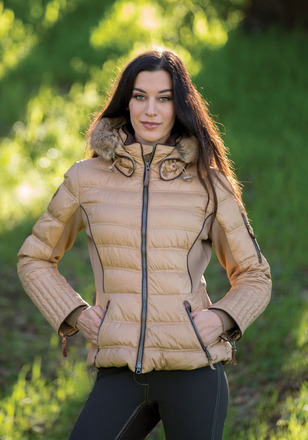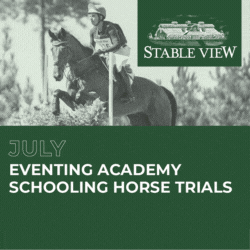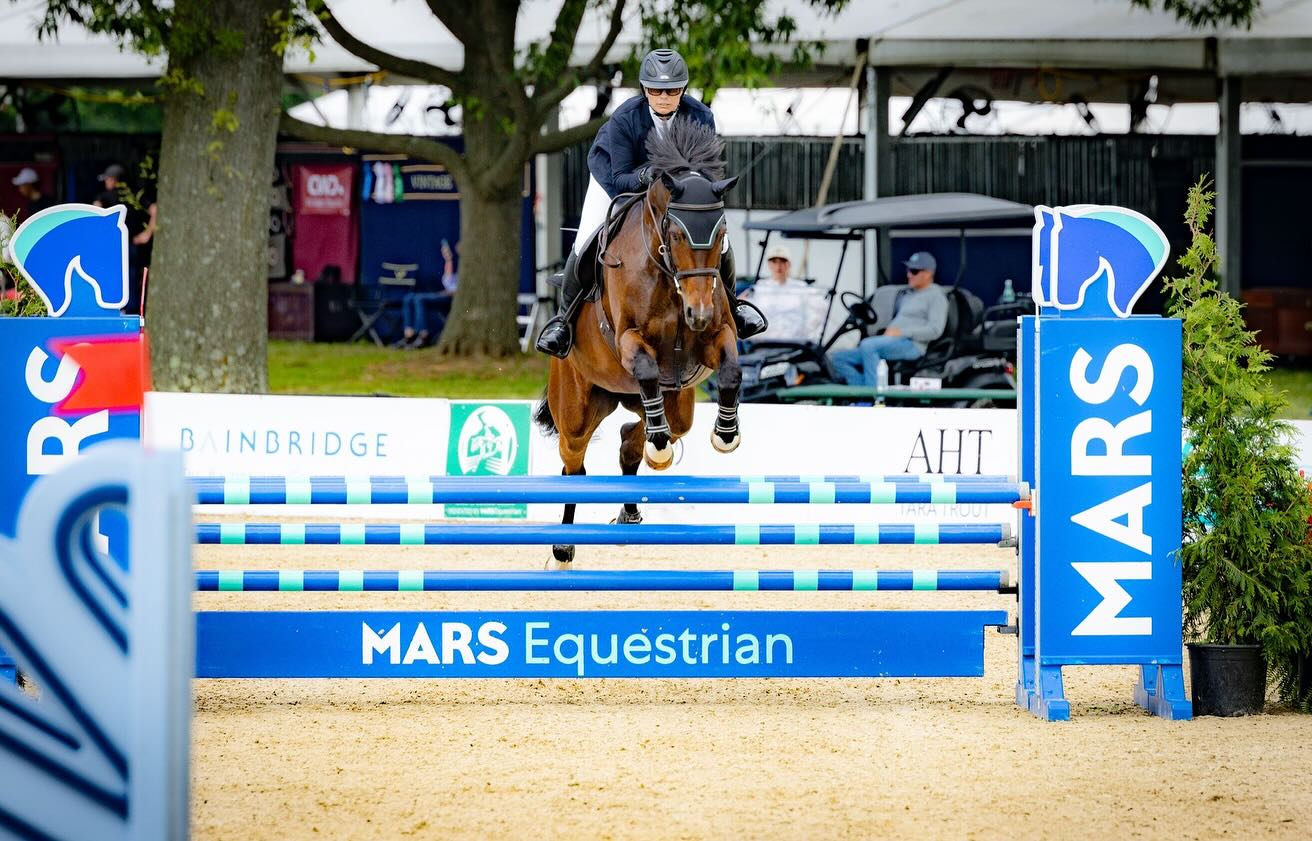The point-to-point originated as a cross-country race with designated start and finish points with the route up to the individual riders, requiring knowledge of the land as well as a game hunter to jump whatever lay in his path. The modern point-to-point has morphed into a regulated form of hunt racing, with set courses, lengths and numbers of fences, but a few pure, original condition point-to-point races are still run around the world. In the United States, the longest-running of these is hosted by the Genesee Valley Hunt, this year on November 5. Reader Carrie Wehle participated and shares her story here.
As described by the Genesee Valley Hunt:
The Genesee Valley Hunt Point to Point was first run in 1885, taking place in the hunt country of Livingston County, south of Rochester in western New York. It has developed into the oldest continuously run point-to-point in the country and has remained an old fashioned, go-as-you-please cross country steeplechase for 131 years.
Entries are limited to subscribers of the Genesee Valley Hunt over the age of 16. The race is between five and seven miles over hunting terrain. The competitors are informed of the start location at noon on the day of the race. Once competitors assemble at the start, they are informed of the checkpoints and the location of the finish.
My noon instructions on the day of the point-to-point:
Riders and spectators shall assemble at Leg Up Stables at 2:45 pm. Riders up at 2:55 pm.
This is all the information I get. I know I need a fit horse. I know I need my cross country vest. I know if I want to win, I have to follow the huntsman (hunts-woman in this case). It is not my intention to try to win this year.
I have partnered with a student and friend Mackenzie Williams. I am relying on her to know where to go: she has hunted this territory since she was four years old and she knows it much better than I do. We discuss our strategy — we are going to go “slow” which means a gallop but not maximum speed. Our goal is to complete, not to win.
I have won, once. The only way a mere mortal can win is to follow one of the “Valley lifers” like Marion Thorne (GVH hunts(wo)man extraordinaire) and over-take her at the finish. Not very sportsmanlike, but it’s been done many, many times. She grew up hunting this land: there’s not an inch of this valley she doesn’t know.
I pull into Leg Up Stables at 2:30 and I am the first one there. My husband Justin is with me: I need a driver to move my rig to the finish line. Since I have no clue where that is yet, I cannot plan ahead. Cars with spectators and trailers assemble quickly. There are ten of us that will start, eight that will ultimately finish. (I am never sure why people come to watch. There’s not much to see when we start. It is usually pretty chaotic when we all take off at full speed.)
We assemble and are asked to follow a fire/rescue pickup truck across Route 39. There’s an ambulance and fire/rescue standing by, as usual. Traffic is stopped; we cross the road and quickly are out of sight of the large group of spectators. We are taken to the Stonehouse Lot, 50 yards south of the old livestock barn site.

Heading to the start. Photo by Paul Rehbock.
Participants were welcomed by W. Austin Wadsworth, Master of Foxhounds. The three “rookies” were recognized. Martha C. Wadsworth reads us the ground rules:
GENERAL GROUND RULES
- Vehicles on all roads have the right of way.
- If you pull out, report to a Genesee Valley Hunt Official. (When pulling out notify someone as soon as possible of your location.)
- If you open a gate, you must shut it. If you go through a gate someone else has opened, you must wait until it is shut before proceeding.
- You must ride around the edge of any field of winter wheat, beans or standing corn.
- If you drop a bar at any jump you must replace the bar or wait while another rider replaces the bar.
- You may not travel on any public road or the railroad bed. If you come out onto a road or railroad bed, you must cross it. If two jumps or trails lie directly across from one another you must take them. If jumps and trails do not lie directly across from one another, you may proceed to your next exit off the road or railroad bed. An exit is any jump, hunt trail or farm lane. Gates and home driveways are not mandatory exits but may be used.
(An example where crossings do not fall across from one another may be this: you are crossing the road going south and would like to head east after crossing. You may go on the road/railroad bed and travel east to the next exit.)
Andrew Chanler asks if we have any questions. There are none. He states “I will read the race instructions twice. At the end of the second read, you may start.” Andrew reads the race instructions:
RACE INSTRUCTIONS:
Specific Ground Rules for this Race:
- You may not use the Lloyd’s vehicle driveway (near a check point)
- Traveling on the railroad bed and roadways is not permitted — ground rules apply for crossing
- Check Point #1: Pasture, southwest corner of the Aiken Woods — travel in any direction between the flags at the corner of the woods.
- Check Point #2: In any direction, pass through the four way intersection of the Main Ride and East / West Ride in the Gully — aka the Kennels Woods section
- Finish: Haverford Farm – hunt fixture gathering field
- GO!!
Everyone takes off and heads west. This is not typical; usually we scatter in every direction. It does not matter how you get to the check points and the finish as long as you are the fastest. The riders trying to win are quickly out in front and within less than one minute, completely out of sight.
Mackenzie has a plan: we are with five other riders who are also looking to complete, not win. Out of the seven of us, three know the territory pretty well. We are basically traveling in a pack now, discussing strategy. The lead rider in our pack does not see the American wire in the fence line ahead of her, neither does her horse.
It wasn’t pretty. The horse was okay, standing next to her with no bridle on. The rider was on the ground and didn’t move for what seems like an eternity (probably about three seconds). She finally rolls over, says she’s fine and tells us to keep going without her. We leave her race partner to supervise and continue at her request.
Five of us get through the first check point at roughly the same time with a slight deviation in routes and head for check point #2.
We are still mostly in a cluster when we run through the second check point. Mackenzie and I give our horses a little trot break at this point. They have been galloping for 12 minutes straight jumping coops, ditches and whatever was in our way. This tiny break allows the other three to disappear quickly into the distance.
Now it is just Mackenzie and me. She knows exactly where we are going. She is frustrated because she knew a shorter way to get to check point #2 but didn’t take it; we followed the group instead. I tell her it doesn’t matter: if you don’t win, it doesn’t make any difference where you finish as long as you finish.
We finished. I am not exactly sure how long it took us, probably about 26 minutes. The winning time was 19 minutes and 23 seconds over 6.25 miles — roughly 523 MPM for all of you eventers out there. Faster than your average Preliminary horse trials for roughly four times as long!
The point-to-point is a pretty wild experience. We are so lucky to have this 131 year old tradition continue in the Genesee Valley.

Carrie and Justin with “Ashton,” Foghorn J Leghorn. Paul Rehbock
For more information about the Genesee Valley Hunt and its full calendar of activities, visit the website.
Carrie Wehle and her husband Justin Andre own Wehle Farms, a 400 acre boarding/training/rehab facility in Scottsville, NY where she grew up. Carrie specializes in eventing while also participating in FEI dressage, combined driving, fox hunting and others. She has her colors with the Genesee Valley Hunt and was a whipper in for the Hopper Hills Hunt.




































